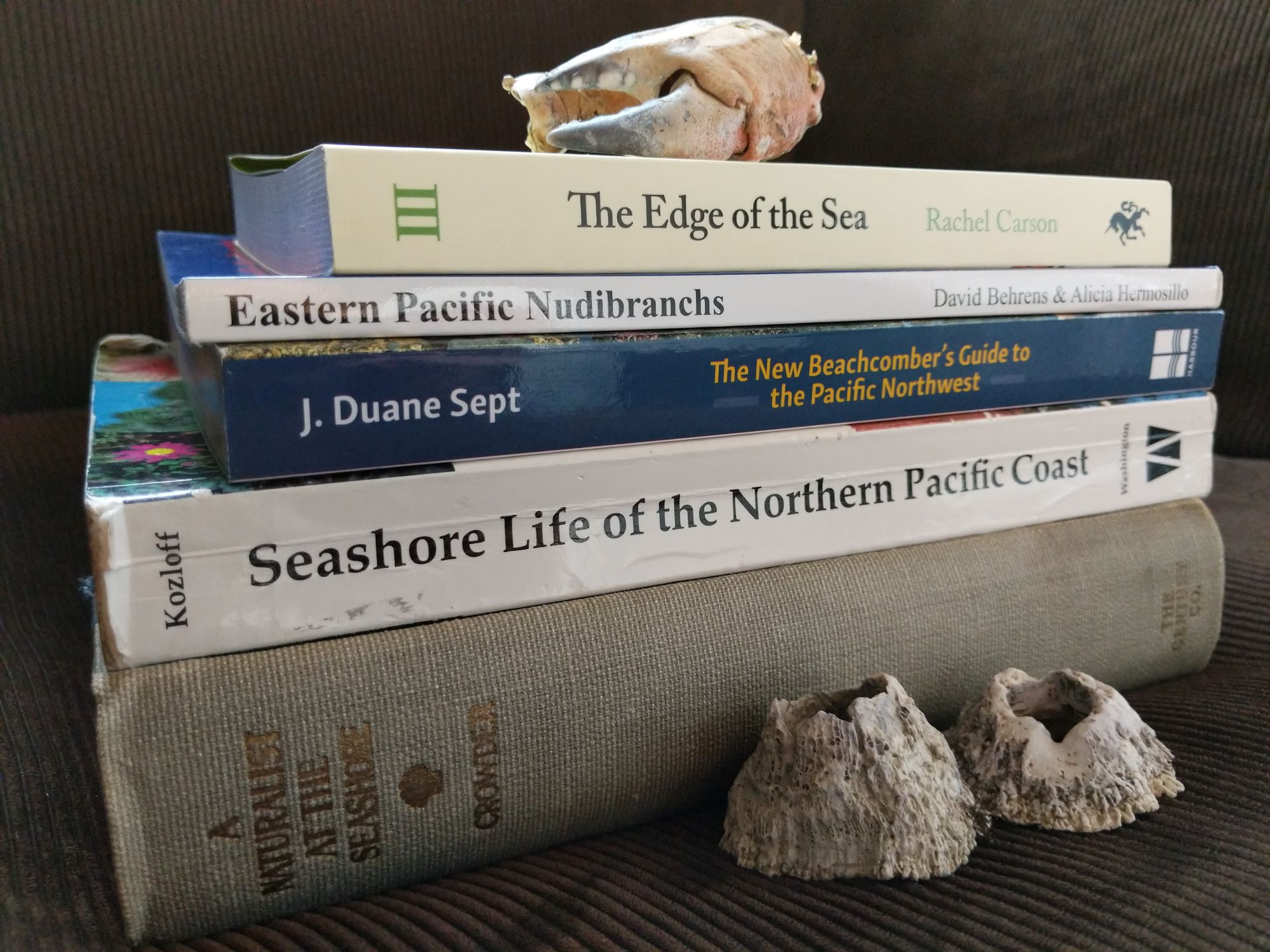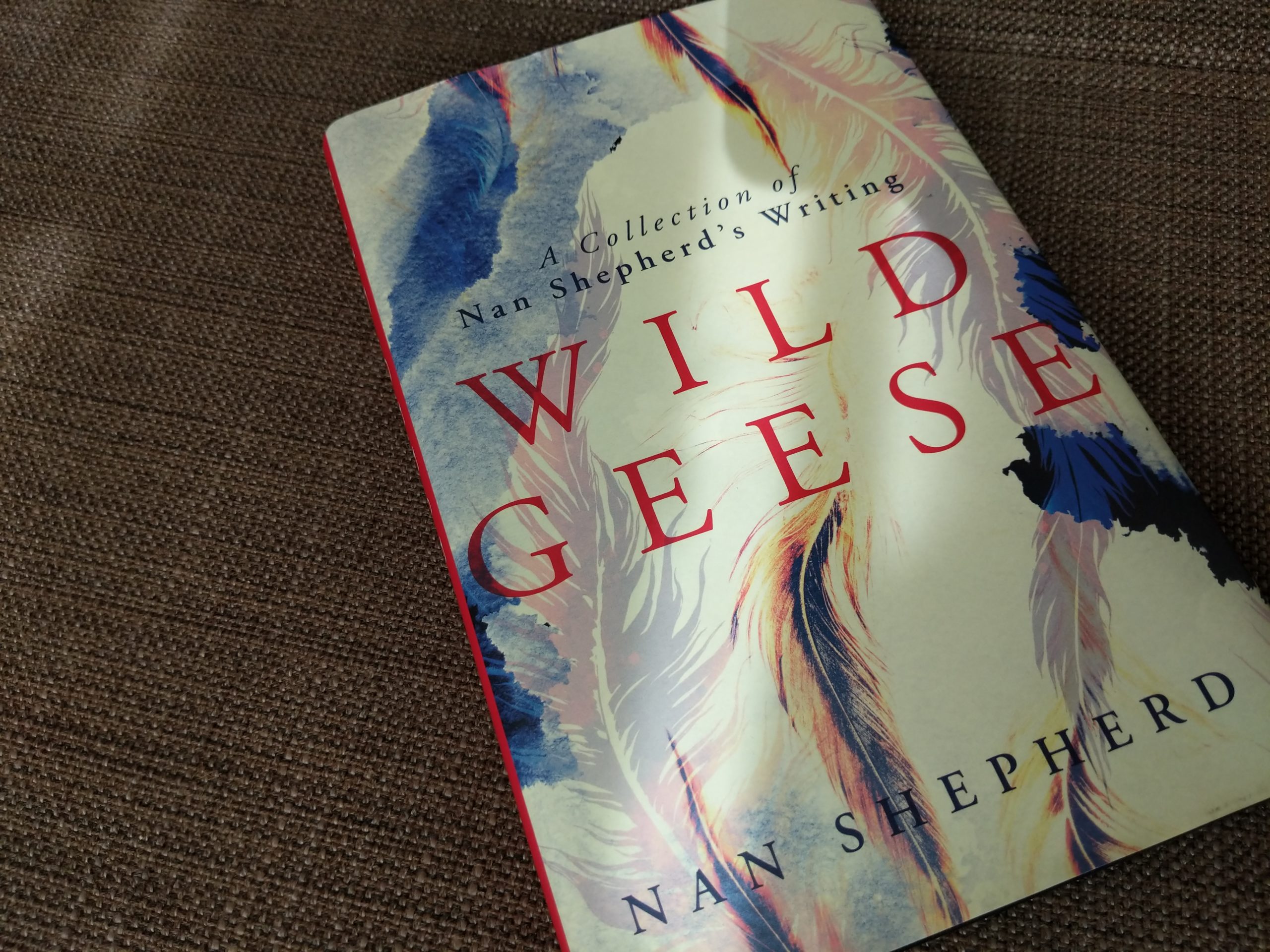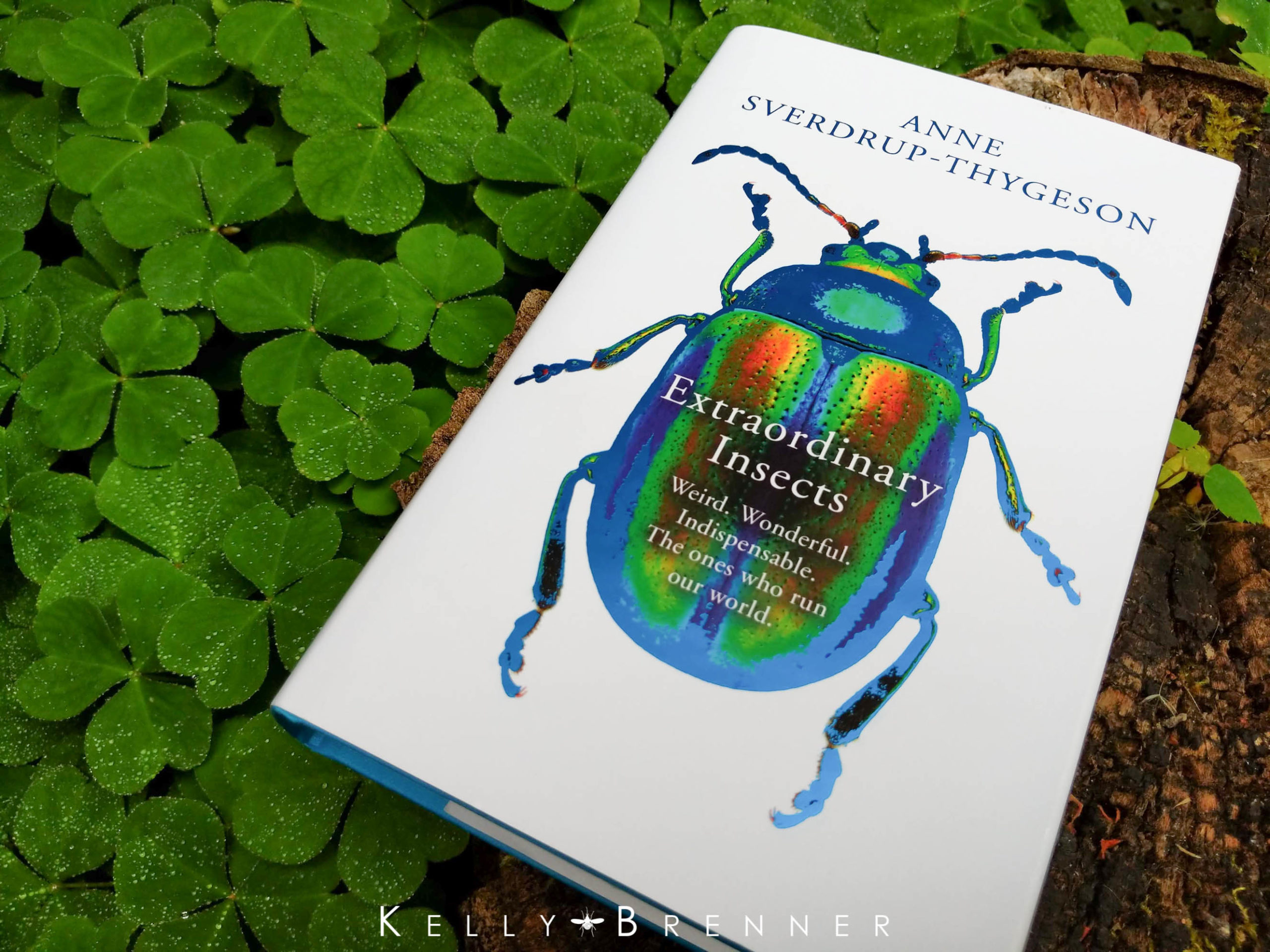 Whenever I see another book about landscaping or gardening for the birds come out, I’m usually dubious. My shelves are full of generic guides on how to attract birds and unsurprisingly, they’re much the same. They usually focus heavily on bird feeders, bird baths and plants which are often labeled as native, yet are only really native to small portions of the country. It’s a very hard thing to write a book for the whole, giant, diverse continent and nearly every single one I have seen makes little attempt to address this in the plant choices. They instead list various plants, but don’t specify where exactly they are native. My go-to book for a long time has been Landscaping for Wildlife in the Pacific Northwest because it’s so specific to my region and has excellent plant information. Unfortunately, few other areas in North America are as lucky to have a book this detailed in specifics pertaining to wildlife and native flora.
Whenever I see another book about landscaping or gardening for the birds come out, I’m usually dubious. My shelves are full of generic guides on how to attract birds and unsurprisingly, they’re much the same. They usually focus heavily on bird feeders, bird baths and plants which are often labeled as native, yet are only really native to small portions of the country. It’s a very hard thing to write a book for the whole, giant, diverse continent and nearly every single one I have seen makes little attempt to address this in the plant choices. They instead list various plants, but don’t specify where exactly they are native. My go-to book for a long time has been Landscaping for Wildlife in the Pacific Northwest because it’s so specific to my region and has excellent plant information. Unfortunately, few other areas in North America are as lucky to have a book this detailed in specifics pertaining to wildlife and native flora.
When Timber Press announced a new book with the title Gardening for the Birds, I was, needless to say, skeptical. I expressed my doubts about a single book being sufficient to cover the whole massive thing that is North America, with our countless habitats and region-specific plants. Timber Press however, was convinced that I would like it if I gave it a go and sent me a copy to try and change my mind. It is authored by George Adams, an “avid birdwatcher, landscape designer, a wildlife artist and a photographer”.
The book is unique in its layout. Instead of following the format of most bird-gardening books, which usually fall along the lines of; designing your landscape, choosing plants, adding food, adding water and so on, this book begins with the basics of planning the garden, followed by a discussion about regions and how your garden fits into the wider landscape. However the most sizable chunk of this book lies in parts three and four which are the ‘Plant Directory’ and ‘Bird Directory’ respectively.
There are many good topics in part one, I greatly appreciated the focus on plants as food for birds instead of focusing on supplemental bird feeding. It discusses all of the basics such as food, water, shelter, but goes into a little more depth, for example highlighting food niches with a diagram showing which birds feed in the different layers of vegetation. It even attempts to educate the reader by illustrating bird bills and the types of food they consume instead of just providing simple lists. There are many handy charts throughout the first two chapters ranging from nest box dimensions for certain species, to a hummingbird and butterfly calendar highlighting the blooming time of various plants. All of the charts which pertain to plants are broken down regionally and while they’re fairly large regions, for example ‘the pacific coast and the mountains’, it helps narrow down the massive lists of plants. There are several calendar charts, one for fruiting plants and another for wildflower blooming times.
Part two includes an overview of the various regions and habitats throughout the country and then gives directions on understanding not only the region you are in, but how your yard fits into that region individually. Planning, designing and maintenance are rather brief so look to other books for more detail on how to plan out your landscape.
Part three is the plant directory. It’s laid out by family (alphabetically by botanic name) instead of by region, and this works well because for most families there are multiple species listed for various regions. Each family is briefly described and followed by a list of the birds the plant is known to attract. This directory is a great overview of finding plants, but for more detailed plant information, you’ll want to consult a regional plant book. Each plant is marked with icons which illustrate the wildlife benefits as a plant for roosting, nesting, one that provides nectar or is a host plant and also if it has people benefits such as showy flowers or nice fall color. Curiously there is no icon for food plants which would provide berries or nuts for birds. Regardless of where you live in North America, you will find plants suitable to your area.
Part four is the bird directory and features many common backyard birds found throughout North America ranging from woodpeckers, tanangers, orioles and jays. Each species includes information about their habitat, ranges, breeding behavior, nesting and feeding habits. There is an easy to find green box which lists plants for food and shelter for that species. Each also includes a photo and a beautiful illustration of the bird in its native habitat.
Overall this is a very good book about gardening for birds. It is certainly unique and better than nearly all of the similar books I have looked through. I stick to my original thought that it’s better to have a regionally specific book if you can find one because it’s focused on only your species of birds and plants which makes it a whole lot easier. This however, is a fine choice if you’re at all interested in attracting birds by gardening for them.







What all birds need when raising their young is insects. Baby birds need the concentrated fat and protien. This is a hard sell to gardeners. They don’t want to see insect chewed plants.
You’re so right Vicky, on all counts. However, we can learn. We learned to appreciate abstract art, atonal music and modern dance. With a little help from wily environmentalists, we can learn to appreciate a garden as much for its wild and uninvited elements as its planned ones.
Very nice book review – I enjoyed it very much!
the birds are highly upset in the states and world over non native species sold and planted ruining their soils uneducated people planting killed the native trees shrubs grasses and plants animals really like the government refusing to order them removed from propertys and do it right even the government is wrong stop telling sellers and people moving to the areas okay the soil must be corrected